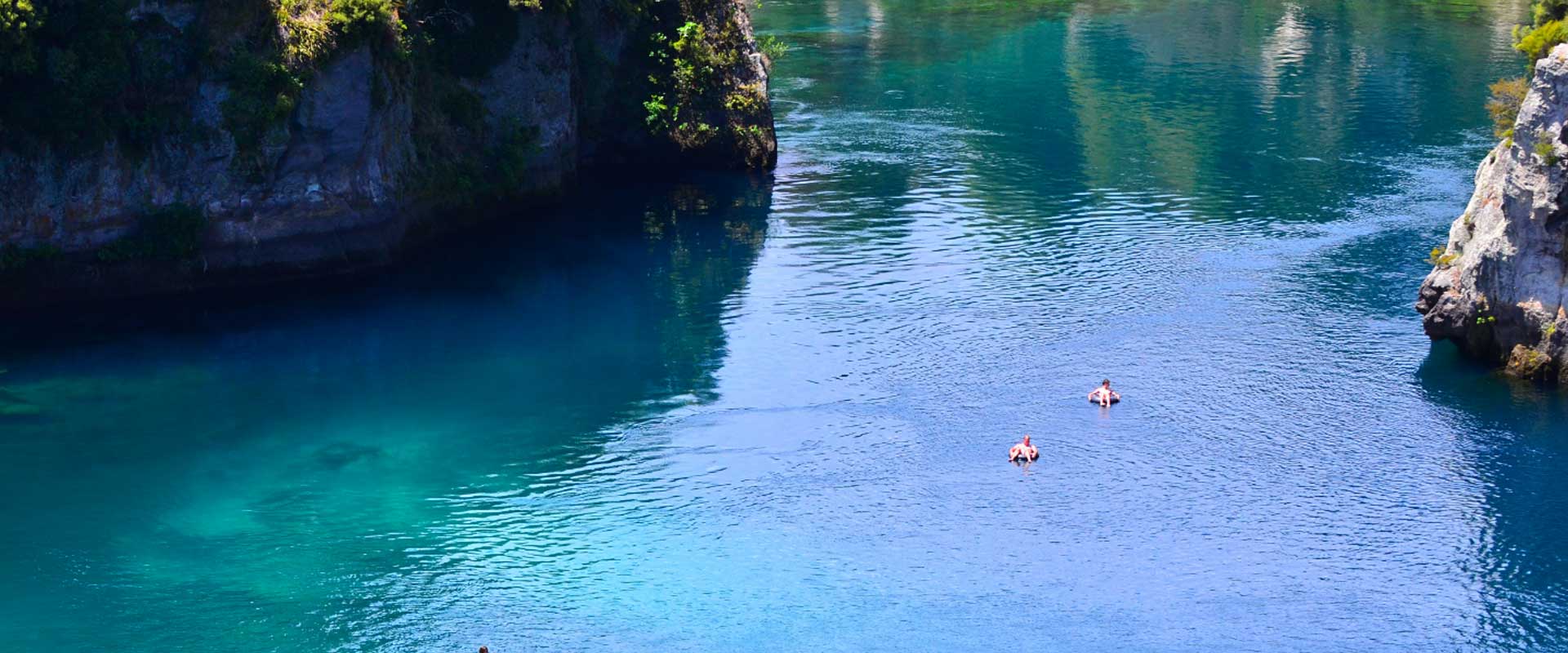Monitoring macroinvertebrates in rivers
May 2024
Macroinvertebrates are animals that lack a backbone and, while small, are large enough to be seen with the naked eye. The freshwater environments they inhabit are varied and include everything from pristine rivers and streams to muddy lowland streams, wetlands, lakes and ponds.
Aquatic macroinvertebrates include insects in their larval stages, as well as snails, worms and crustaceans that live in water. Some macroinvertebrates (e.g. snails) live their entire lives in water, while others (e.g. mayflies) spend only part of their lives in water during the larval or nymph stages and then emerge to live their adult life out of water.
Macroinvertebrates have adapted in different ways to survive in the habitats in which they are found. Examples of physical adaptations include having claws or hooks to allow clinging on to substrates in fast flowing waters, having hairy legs to trap drifting food, breathing through gills, or trapping air bubbles under their exoskeleton. They have also adapted to feed on a variety of things. Some macroinvertebrates feed on dead leaves and wood, others are grazers eating periphyton, some are filter feeders taking food out of the water as it drifts past, while others are carnivorous (feeding on other aquatic insects).
Macroinvertebrates are important in aquatic environments because they help recycle nutrients by scavenging dead or decaying plants and animals. In turn, macroinvertebrates are a food source for animals higher up the food chain (e.g. fish and birds).
 View Our Strategy Document 2019 – 2024
View Our Strategy Document 2019 – 2024



